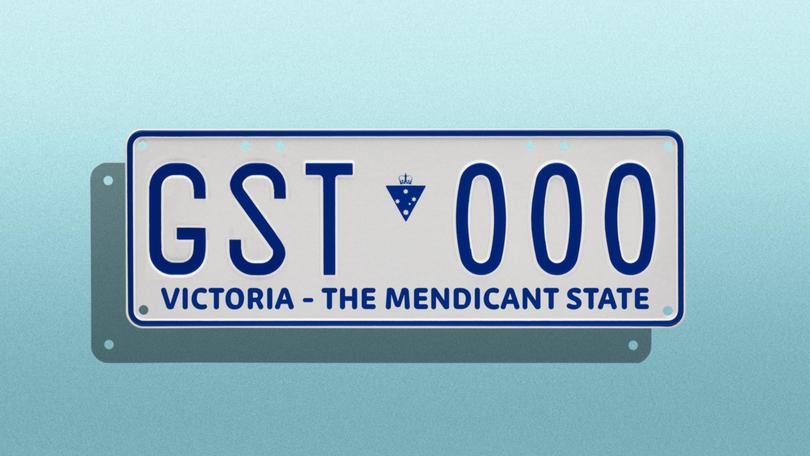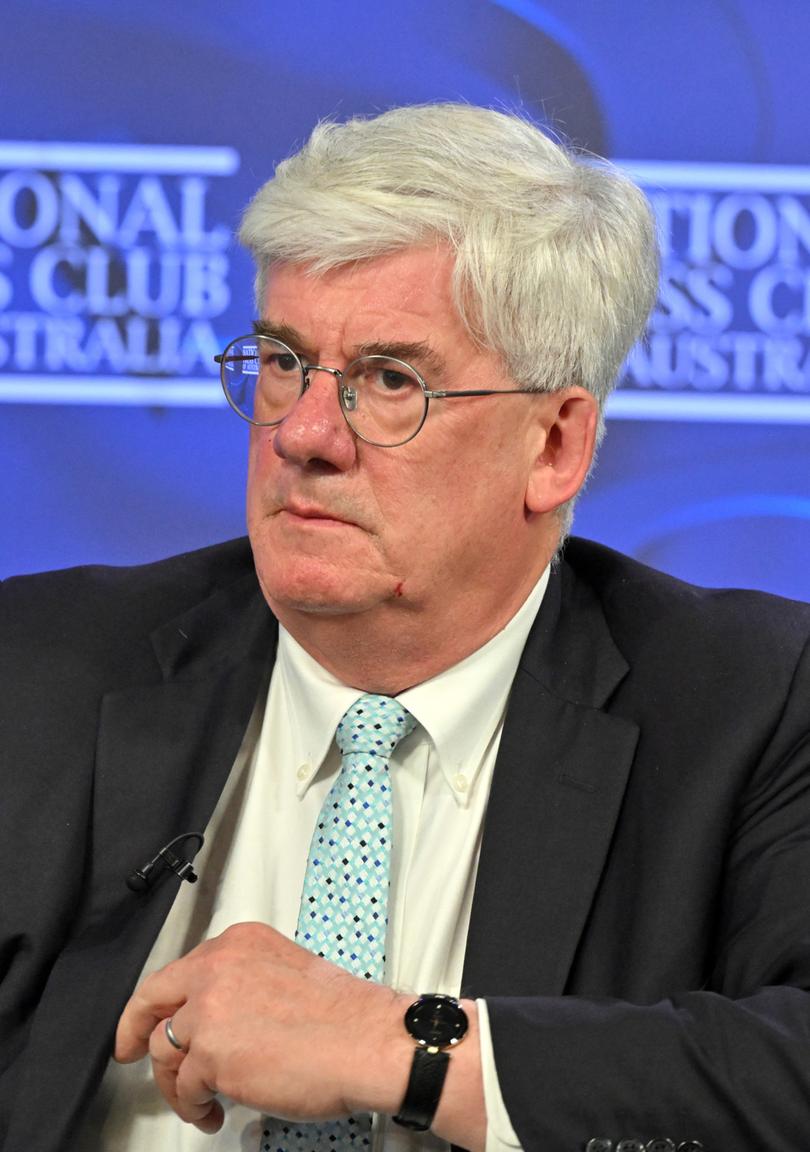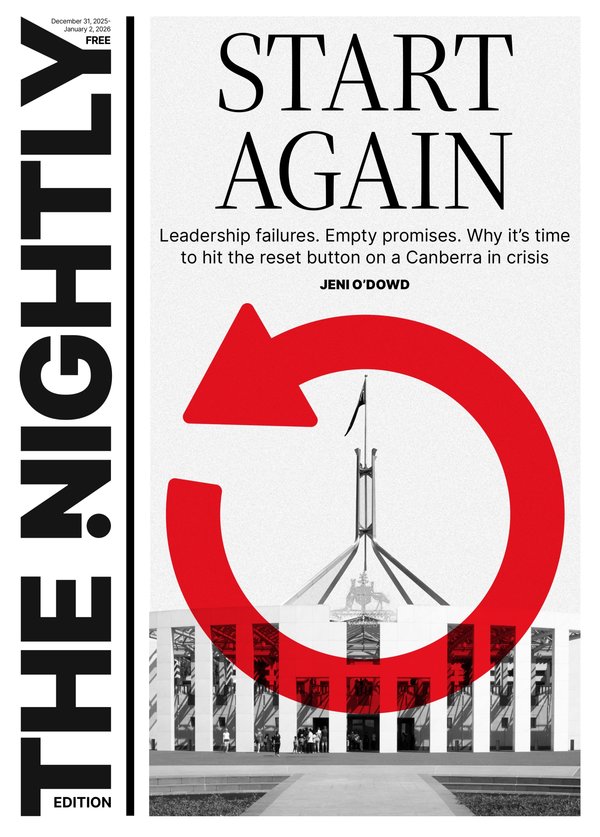GST distribution: Victoria reduced to ‘beggar’ status by huge GST lifeline

A GST redistribution that has highly favoured Victoria has made it a “mendicant” state, according to independent economist Saul Eslake.
The former ANZ chief economist, who was also a key adviser to Victorian premier Jeff Kennett, said that the State’s shift from net giver to taker of GST returns had “happened more quickly than I’d expected”. Mendicant means dependent on charity.
The comments come as the Commonwealth Grants Commission has released its recommendations for the distribution of GST revenue to the states and territories for 2025–26, with Victoria the big winner.
Sign up to The Nightly's newsletters.
Get the first look at the digital newspaper, curated daily stories and breaking headlines delivered to your inbox.
By continuing you agree to our Terms and Privacy Policy.The Commission recommended Victoria receive an additional $3.7 billion top-up from last year, taking its annual GST receipts to $26.1b.
It takes the GST distribution in Victoria to an additional $510 per person compared to a national average of $162.
The Commission said a rebound in population growth in Melbourne following the COVID pandemic increased the state’s relative need for infrastructure spending.
The other rationale for the lift in distributions was the leap in spending caused by Victoria’s prolonged lockdowns during COVID - the longest in the Western world.

“Changes to the assessment of state COVID-19 expenses increased Victoria’s expected GST distribution given its expenses in these areas were above the average of all states,” the Commission said.
“In a sense, Victoria is being rewarded for the brutal lockdowns it imposed on its people,” Mr Eslake said.
Victoria’s parlous finances should improve “at the margin” with the extra GST distribution but Mr Eslake said the State was lagging far behind other states economically.
The State has relied on rapid immigration over the last 15 years to boost top-line real gross state product that has masked an alarming productivity decline, Mr Eslake said.
Over the past 25 years, Victoria’s has had lower productivity than the other states, with a gap that has more than doubled compared to the national average.
Measured by either per capita gross state product or per capita household disposable income, “Victoria has become a relatively ‘poor’ state, along with perennial cellar-dwellers South Australia and Tasmania,” he said.
Victoria has operating expenses 7.5 per cent higher and infrastructure investment over 20 per cent higher than required for average service levels determined by the Grants Commission. While Victoria imposes the highest State taxes as a share of GST, they fall short of covering its overspending.
The State’s budget squeeze has prompted questioning by ratings agency S&P Global S&P who worry Victoria’s debt will climb to 214 per cent of operating revenues, up from just 70 per cent in 2019.
Other states, looking at Victoria’s record, are clearly unimpressed.
Queensland was the only state to see its GST distribution go backwards, down $1.2b on last year to $16.6 billion.
“This is primarily due to significant growth in its capacity to earn coal royalties, both from higher coal prices and from an increase in the average national coal royalty rate,” the Commission said.
New Queensland Treasurer David Janetzki said his state had “to foot the bill for the failures of NSW and Victoria during COVID-19” and said he would write to the Treasurer asking him to reconsider.
Mr Eslake said Queensland shouldn’t have been surprised it would see its revenue cut, knowing that the Grants Commission uses a three-year rolling average of revenues in its calculations.
“Queenslanders are outraged, but frankly, they should have seen it coming. You’ve had three years of elevated coal prices as a result of the invasion of Ukraine in February 22 and that shoved the coal price up.
“They would have known, or at least they ought to have known, that this was going to affect the Grants Commission’s assessment of their capacity to raise revenue.”
Western Australia continues to enjoy the benefits of 2018 legislative changes under the Morrison Government, receiving about $6 billion more in the next financial year than it would have without the guaranteed floor of 75 cents in every dollar.

